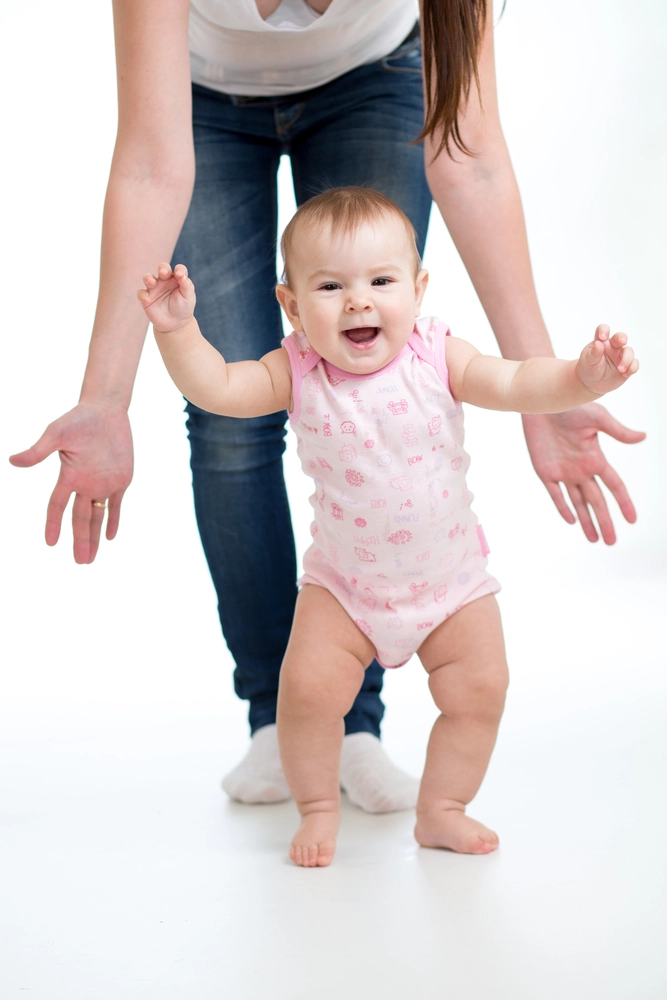Child proofing and Safety A Checklist for All Parents. Unintentional injuries are the number one killer of children in the United States. Every year, 2,500 children under four die from such injuries. But childproofing your home doesn’t have to be complicated. Here are some tips to help you get started. Listed below are some essential safety features to include in your childproofing checklist. They should consist of:
Baby proofing
To keep your child safe, follow these childproofing tips. Young children are natural explorers. If you do not supervise them, their curiosity can lead to tragedies. To prevent the occurrence of any mishaps, baby proofing should be completed at each developmental milestone. Parents should use a checklist to ensure they have all the necessary safety precautions. Baby proofing takes time, so take the time to follow this checklist room by room.
Make sure no small objects are in reach. Choking hazards include coins, toilet paper tubes, small jars, and other small objects. Place them on high shelves or anchored to the wall to test for these hazards. In addition, tin cans and jars of cleaning products and medicines should be stored out of a baby’s reach. Bathrooms are another area where a baby could get into dangerous objects. Avoid leaving one cabinet open to avoid a choking hazard. Using baby gates will help prevent access to the kitchen or laundry room.
Safety checks
young children need to learn to respect boundaries and to respect their curiosity. However, this curiosity can lead to tragedy if children are left unsupervised. Safe kids worldwide encourage parents to childproof their homes to prevent such incidents. To learn more about the importance of childproofing your home, read on! Read on to find out what steps you need to take to protect your child and your family.
Start childproofing your home several months before your baby starts walking. Check for any house hazards while holding your babies, such as slippery floors or wobbly furniture. You can use a checklist to prepare your home. Install UL-listed carbon monoxide detectors in every house room, including the attached garage. You should also check the batteries of your detectors regularly to ensure that they are still functional.
Milestones
Your baby will soon begin crawling. By eight months, many babies will be up and moving around. Soon they will be reaching for things that are within their reach, and you should prepare for this development by making a checklist. Listed below are the stages your child will be at during each milestone. It would be best if you prepared your home for each one. In addition to preventing choking hazards, you must also prepare for potential tripping hazards and breakages as your baby grows.
You may be wondering when to begin childproofing. Remember, this is a long process. You should take baby and toddler-proofing steps one at a time. If you want peace of mind while watching your child, you can invest in video baby monitors or indoor cameras. Though these are great tools to help you see hazards and ensure their safety, they are no substitute for in-person supervision. While childproofing will lower the risk of serious injuries, it does not guarantee that your baby or toddler will be completely accident-free.
Precautions
Keep poisonous items out of children’s reach. Toys, chemicals, and even household cleaners should be locked away and kept in original containers. Also, avoid transferring these chemicals into drink containers. While some bottles of vitamins are childproof, you may want to consider using other safer options. Medicines should be kept in childproof containers, and medications should be stored away from children. Never transfer hazardous products into food containers or generic containers.
Use outlet covers and plates in hazardous areas. These items can prevent children from choking on electrical cords and other hazards. Also, install corner bumpers or safety locks on sharp objects. Install safety gates, lock cabinets, and fire extinguishers in adjoining rooms. In addition, install childproof window screens, and install childproof door latches. Keeping your children safe in the kitchen and bathroom is a top priority.
Checklist
When the baby starts crawling, you have to ensure that your home is safe for your little one. The average age for crawling is eight months, but some babies start moving earlier. If you’re not careful, your child can cover about a quarter of a mile in no time! It’s also important to ensure that any hazards your child can trip over are marked with a tape measure.
If you’re unsure how to childproof your home, you can obtain a free checklist from the HSE. It would help if you were prepared to do some work on your hands and knees. Check hallways, stairs, landings, garage, balcony, driveway, and garden. Also, be sure to secure all electrical appliances and install childproof caps. This can be a tricky area to check, but it’s essential to keep your child safe! Read More
Keeping children safe
When making a child safety checklist, you need to ensure that you’re using it effectively. The checklist is a great way to create safe zones in the home and identify potential hazards that your inspections might miss. But it’s not a replacement for a thorough inspection! Keep reading to learn more about making your child’s life safe! Below is a checklist that every parent should use.
o Never give your child’s personal information to strangers. It is important to keep these details confidential. Never allow strangers to ask your child for money, photos, or other personal information. If your child receives a gift from someone they don’t know, refuse it politely. This way, they’ll remain safe even if strangers approach them. It is also important for children to respect their boundaries and avoid being bullied or pushed around. contact us

